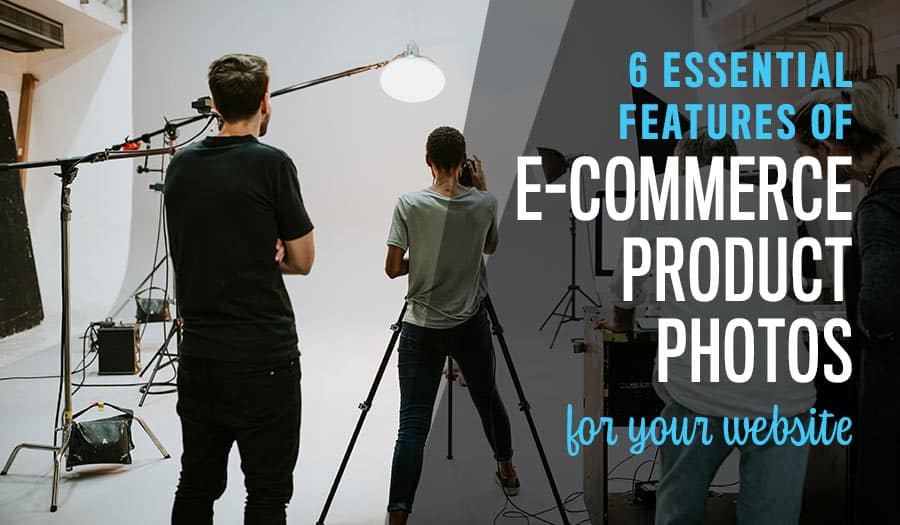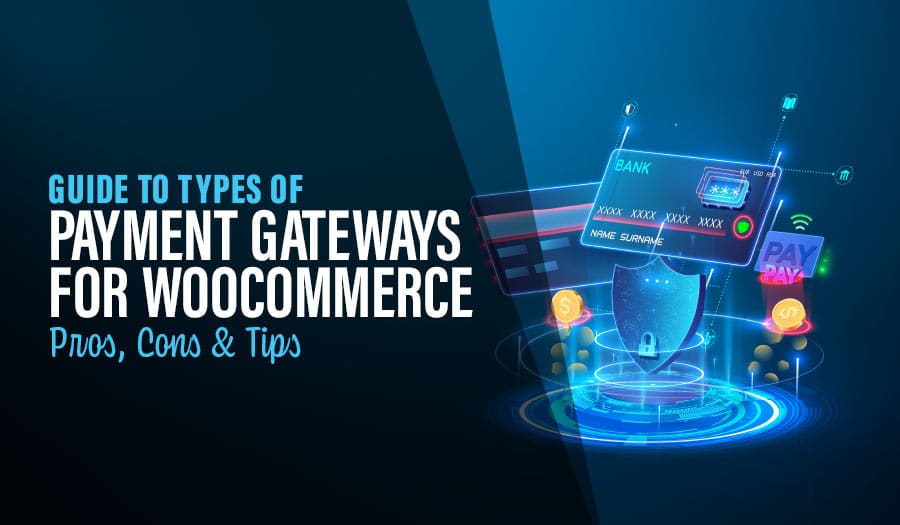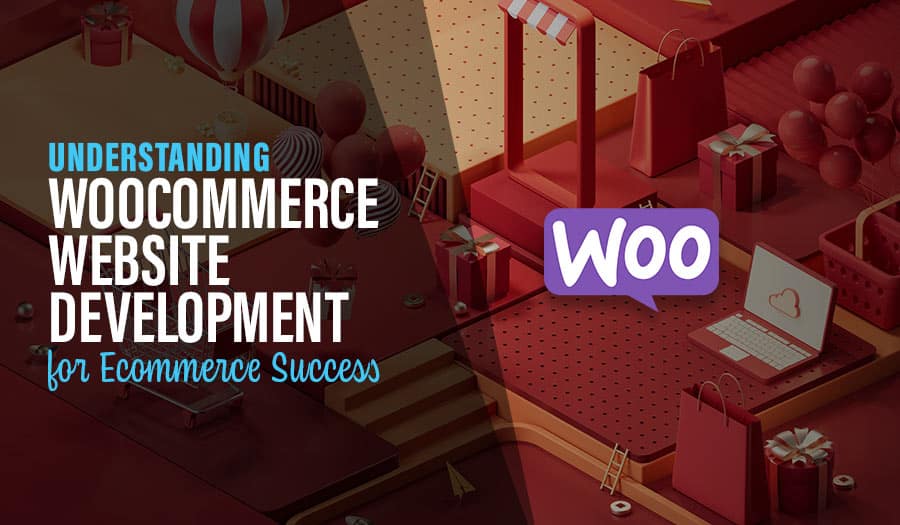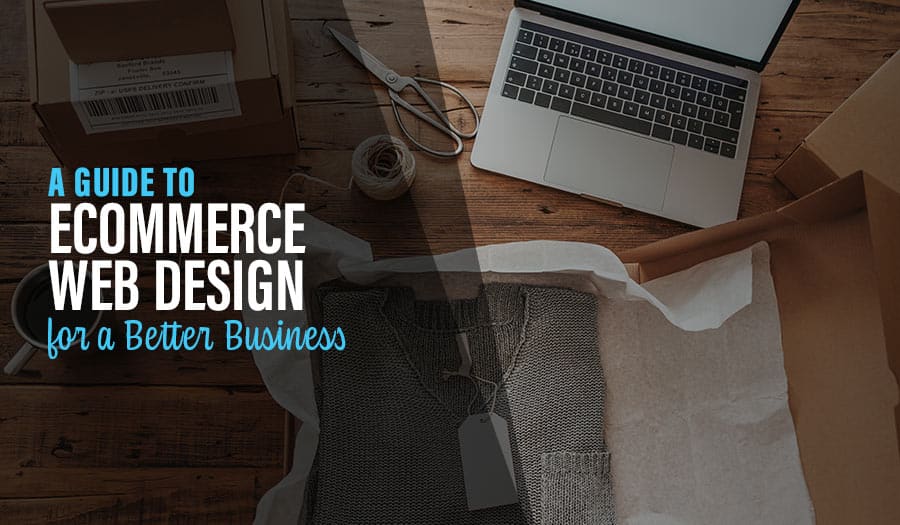You already know that selling a product online takes much more than a platform and a listing. There is always competition. Other products on the same platform, other platforms, other brands; everyone is trying to sell their products online. But not everyone has figured out how the game is played. In addition to SEO descriptions, keyword-loaded titles, and metadata galore, you also actually need some good product photos. Let’s explore the 6 Essential Features of Successful E-Commerce Product Photos.
In fact, product photos are the leading persuasion when it comes to selling a product. Many shoppers “window shop” the products’ photos before deciding. They will open a product page based on the marketplace thumbnail. And once on your page, they’ll examine every photo for details they just can’t get a feel for through a description.
How big is the product, in real-world terms? Does the product have seams along the sides, unlatch the right way, and look sturdy? Your customers want to know these things, and the right product images can distinguish between window shopping and quick, confident conversion.
But what makes a great product photo? If you want to build a portfolio of images designed to sell, sell, and sell each of your products, it helps to understand the essentials of e-commerce photography. We’re about to dive deep into the essential elements of e-commerce product images and how to make them pop.
6 Essential Features of E-Commerce Product Photos
- Product Image Basics
- Pro Tip: Build a Product Photography Studio
- Non-Photo Additional Images
- Image Meta-Data
- Tech Upgrades
- Selling With Your Product Photos
1. Product Image Basics
Let’s start with the basics. A few elements make up the minimum standard when creating a product photo to post online as part of the e-commerce page. As long as you hit all the following points, you’re officially in the e-commerce photography game. But there’s also a lot more to it than that.
Empty Background
Check out your current product photos and/or your favourite e-commerce platform. You’ll see right off the bat that none of the products has backgrounds. Not even a beige wall or grey carpet. It’s pure white. This is because the background has been removed. This is done even by photographers who have perfectly lit white backgrounds. The background surrounding the product is selected and cut away, allowing the product to take centre stage as the only thing in each photo.
High Resolution
Make sure you’re using a camera with excellent focus and resolution. Remember that customers zoom in and use products to determine important quality details. If the photo is fuzzy, it not only reflects badly on the brand. It also hides those important details from customers who shop for high-res depicted products instead. So make those pixels pop.
Clear Lighting
Lighting is essential for product photography, especially since the image has no background or “context”. Diffuse light is best, shot at an angle that highlights all the product details without any deep shadows.
Level Shooting Angle
Lastly, among the basics, make sure your camera is level. Use a tripod if necessary. The human eye is precise enough to detect if an object is not photographed straight-on and it will subtly disorient customers unless photographs are level.
2. Pro Tip: Build a Product Photography Studio
One of the best ways to ensure that your product photography is up to snuff (every single time) is to build yourself a little studio. It doesn’t need to be large, just big enough for the product on a table, lights, and the photographer. Here are a few things that every brand’s mini-studio should have:
Flexible Tripod
A flexible tripod gives you the ability to perfect your camera angles without a shaky human hand. It also allows you to make sure each shot is identical or close to identical to unify your product image style.
Diffuse Light
Direct light tends to cast shadows. Use diffuse light by shining it through filters or reflecting the light onto the product. Diffuse light prevents shadows and high-contract photography that can mask details
Sweep Stage
A sweep stage is when the usual white sheet backdrop is augmeted by a scoop-shaped piece of poster board. The scoop-shape behind the product helps prevent a directional shadow and further diffuses the light around each photographed product.
Additional Photos
Once you have your basic photography method perfected, it’s time to talk about variety. Most modern consumers expect more than one photograph depicting additional angles and uses of the product. Just one photograph has, in fact, become the hallmark of an inexperienced brand since it’s so easy to turn the product and take another photo.
Colour Variety
Colour variety is hugely important for selling products online. Colour has always mattered to consumers and depicting the difference between product colours can be the difference between sale or no sale. Be sure to include an informative colour variety for each product. This is now usually implemented through the platform option-selection tools.
Helpful Angles
Don’t forget to spin the product and shoot from different angles. Customers not only want to see the front, back, and sides. They also would appreciate photos of any helpful angles or details that reveal more about the product. Be thorough in getting additional angle shots for your customers.
Open and Closed
If the product opens, assembles, or installs to create a different appearance, be sure to catch a photo. Show your customers what the product looks like closed/collapsed versus how it looks open/assembled. If there are multiple modes, photograph the product in each mode a customer may see or use at home.
Size Reference
Listing the dimensions or volume of a product can only tell customers so much about the product’s size. Sometimes, it’s nearly impossible to understand just how big/small an item is until we have a reference image. Provide a reference image. Show how big the product is when held in a hand, or compared to common items like a quarter or a refrigerator. Help customers understand how large the product is inside an everyday context. These photos can have backgrounds.
Examples in Use
Finally, show off your products in action. Use your photo portfolio for each e-commerce item to give your customers some ideas. Help them visualise how the product might be used at home or at work. Use-case photos are priceless for inspiring conversions and for inspiring repeat purchases of a product that could be used in multiple ways.
3. Non-Photo Additional Images
The next category is additional images that are not photos. You’ve seen these images around the e-commerce platforms, which are sometimes very useful. In many cases, you can provide some quick, useful information about the product through images that will better inform customers than any details printed in the description. There are three general types of additional images that are both common and useful.
Sizing Chart
If you’re selling clothes, shoes, or accessories, then a sizing chart can make a sale. Platform-provided sizing charts are not always accurate for your brand or product, but your information is right. Help customers select the right size for them by providing a visually informative sizing chart among the product photos.
How It Works
Consider creating a visual “how it works” image to share for appliances, furniture, and gadgets. This pseudo-infographic highlights buttons and functions of note along with clues for the customer on how the product is used. This can inspire sales by assuring customers that they understand the product and would be capable of using it at home.
Stats and Measurements
Don’t forget that you can also create a photo-based image that displays valuable stats and measurements. You can display the exact dimensions of an assembled product through a crafted image or show off its stats worth being proud of. These info sheets are very useful to customers who may need details that can’t be gleaned at a glance.
4. Image Meta-Data
In the Post-SEO world, meta-data is king. The meta-data of your product images can determine whether those photos show up in an image search for your product and, of course, can help direct click traffic toward your product page. So it’s important to consider each type of meta-data that an e-commerce brand might benefit from in their product photos.
Watermark
A watermark is a type of visual meta-data that indicates an original image. Other sources are less likely to try and steal the image (example: to sell counterfeit copies) when it’s got a faint but unremovable watermark. Use the watermark on your product photos to build a subtle-yet-consistent brand image.
Accurate File Name
Remember to be accurate when you title your photos and/or name the files. Keywords are powerful, but an apt title that matches searcher terms is ideal. Be clear, use spaces, and be specific so that searches for the product pull up the right result.
Alt Tags
Alt tags are what appear when you hover your mouse over an image. Alt tags can be read by search engine crawlers, and they are also an important part of handicapped internet navigation, as photos often have descriptions or descriptive keywords in the alt-text. So write an alt-text description mentioning the product name, colour, and any distinguishing categories or features.
Small Description
Then, of course, there’s the product description. Do not write a book. Do list all the key features and details quickly with bullet points. Make the description as short and sweet as possible. Save the creative writing for long-form work like blogs.
5. Tech Upgrades
Last but not least, there are the cool improvements you can make with technology and innovation. And a few things that have become basics through mass adoption.
Zoom In
Remember the image resolution? Don’t be afraid to make it BIG, or even have a second higher-rez image ready. Why? Because customers want to zoom in. They want to zoom in so close that they understand the fabric weave. Help them do that.
Light and Dark Modes
Many modern customers are rolling in “Night Mode” or “Dark Mode”, in which all pages are dark-grey, and the text is white. This is easier on the eyes and popular with nighttime shoppers. If your product images can also switch between light and dark modes, that would be a huge bonus.
3D Product Images
Dabbling in super high-tech image shooting? Try 3D product imaging. Only a few brands are doing it today, but where it’s happening, it’s a hit. Customers want to be able to hold a product in their hands, turn it around, and inspect every side. 3D product images are the next best thing.
Action Videos
Not all customers watch product videos, but those that do tend to love videos of products in action. Augment your product photo portfolio with a very short video of the product used by people or pets.
6. Selling With Your Product Photos
Building a set of product images that will capture the attention and inspire the imagination of your customers is a big task, but one that any e-commerce brand can tackle. Contact us today for more insights on building the perfect e-commerce marketing strategy from social media to product pages!
Take your online store business to the next level with a Pixel Fish Ecommerce Website.
Check out some of our latest Ecommerce Website Design projects.
Further Reading:
How to Choose The Best Payment Gateway for WooCommerce
15 Unbeatable SEO Tips for WooCommerce
Read More
What is an SSL Certificate And Do I Need One for My Website?
Backing yourself in business: Know when to stick to your guns
Business Competitor Analysis: Who are you really competing against?
5 Ways to Drive Traffic to Your Website Offline
How Good Web Design can positively impact your business
Top 8 Advanced WordPress Features and Plugins to Beat Your Competition
WooCommerce Website Design



